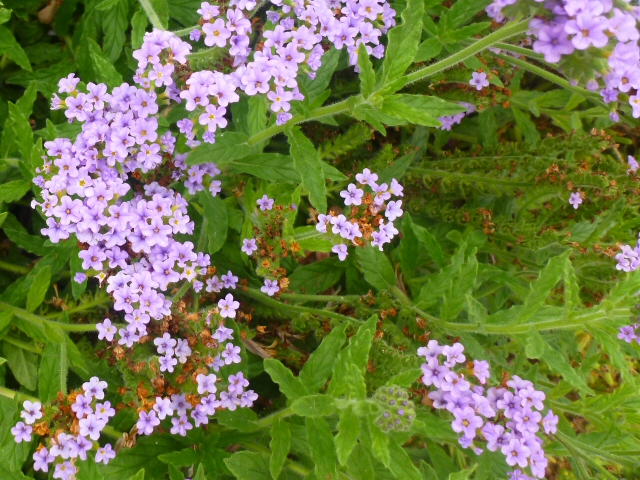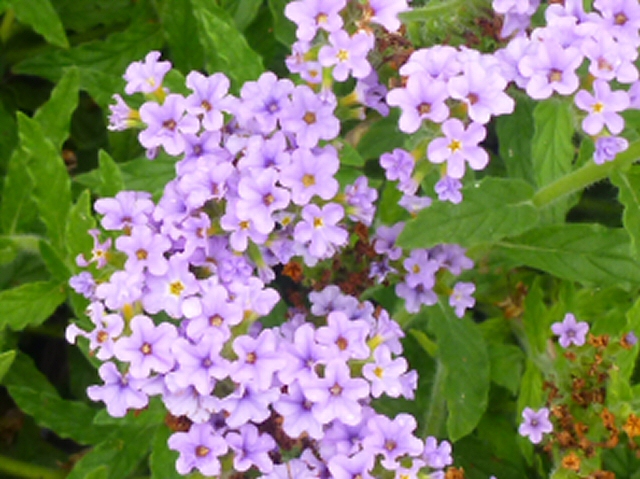Array
(
[0] => Array
(
[id] => 203
[is_published] => 1
[websiteID] => 5
[url] => /gardening/native-hibiscus.php
[page_status] => Published
[number_of_ads] => 5
[can_use_editor] => 1
[last_modified_date] => 2013-09-16 00:00:00
[last_modified_by] => Alan
[checked_for_duplicate_content] =>
[title] => Native Australian Hibiscus
[heading] => Native Hibiscus
[meta_description] => An ever increasing interest in native hibiscus has led to the horticultural development of a number of new cultivars which rival the exotic types in beauty and flower size.
[article_category_1] => Gardening
[article_category_2] =>
[article_category_3] =>
[article_category_4] =>
[article_category_5] =>
[business_category_1] => Landscaper
[business_category_2] => Nursery
[business_category_3] => Garden Designer
[business_category_4] => Landscape Architect
[business_category_5] =>
[number_of_google_mrecs] =>
[show_google_ad_bottom_of_page] => 1
[show_get_quotes_top_of_page] => 0
[show_get_quotes_rhs_of_page] => 0
[show_directory_search_widget] => 0
[show_trending_content_widget] => 0
[show_facebook_widget] => 1
[show_further_reading_section] => 1
[show_sponsors_section] => 1
[show_top_article_ad] => 1
)
[1] => Array
(
[id] => 199
[is_published] => 1
[websiteID] => 5
[url] => /gardening/gymea-lilies.php
[page_status] => Published
[number_of_ads] => 5
[can_use_editor] => 1
[last_modified_date] => 2013-09-16 00:00:00
[last_modified_by] => Alan
[checked_for_duplicate_content] =>
[title] => Gymea Lilies - Doryanthes excelsa
[heading] => Gymea Lilies - Doryanthes excelsa
[meta_description] => Everything about the Gymea lily (Doryanthes excelsa) is larger than life. The bold foliage can reach over four metres in height and some majestic flower stems can reach over ten metres tall.
[article_category_1] => Gardening
[article_category_2] =>
[article_category_3] =>
[article_category_4] =>
[article_category_5] =>
[business_category_1] => Landscaper
[business_category_2] => Nursery
[business_category_3] => Garden Designer
[business_category_4] => Landscape Architect
[business_category_5] =>
[number_of_google_mrecs] =>
[show_google_ad_bottom_of_page] =>
[show_get_quotes_top_of_page] =>
[show_get_quotes_rhs_of_page] =>
[show_directory_search_widget] =>
[show_trending_content_widget] =>
[show_facebook_widget] =>
[show_further_reading_section] => 1
[show_sponsors_section] => 0
[show_top_article_ad] => 1
)
[2] => Array
(
[id] => 425
[is_published] => 1
[websiteID] => 5
[url] => /landscaping/diy-retaining-walls.php
[page_status] => Published
[number_of_ads] => 5
[can_use_editor] => 1
[last_modified_date] => 2013-09-10 00:00:00
[last_modified_by] => Alan
[checked_for_duplicate_content] =>
[title] => DIY Retaining Walls
[heading] => DIY Retaining Walls
[meta_description] => Learn about building a retaining wall for your garden. This article explains your options.
[article_category_1] => Landscaping
[article_category_2] =>
[article_category_3] =>
[article_category_4] =>
[article_category_5] =>
[business_category_1] => Landscaper
[business_category_2] => Garden Maintenance
[business_category_3] => Garden Supplies
[business_category_4] => Garden Designer
[business_category_5] => Garden Tools
[number_of_google_mrecs] =>
[show_google_ad_bottom_of_page] => 1
[show_get_quotes_top_of_page] => 1
[show_get_quotes_rhs_of_page] => 0
[show_directory_search_widget] => 1
[show_trending_content_widget] => 0
[show_facebook_widget] => 1
[show_further_reading_section] => 1
[show_sponsors_section] => 0
[show_top_article_ad] => 1
)
[3] => Array
(
[id] => 432
[is_published] => 1
[websiteID] => 5
[url] => /gardening/plant-finder/plant-index.php
[page_status] => Published
[number_of_ads] => 4
[can_use_editor] => 0
[last_modified_date] => 2013-10-13 00:00:00
[last_modified_by] => Alan
[checked_for_duplicate_content] =>
[title] => Plant index (not used)
[heading] => Plant index (not used)
[meta_description] => (not used)
[article_category_1] => Gardening
[article_category_2] => Landscaping
[article_category_3] =>
[article_category_4] =>
[article_category_5] =>
[business_category_1] => Landscaper
[business_category_2] => Garden Maintenance
[business_category_3] => Garden Supplies
[business_category_4] =>
[business_category_5] =>
[number_of_google_mrecs] => 0
[show_google_ad_bottom_of_page] => 1
[show_get_quotes_top_of_page] => 1
[show_get_quotes_rhs_of_page] => 0
[show_directory_search_widget] => 0
[show_trending_content_widget] => 0
[show_facebook_widget] => 1
[show_further_reading_section] => 0
[show_sponsors_section] => 0
[show_top_article_ad] => 1
)
)
Helpful articles
Native Hibiscus. An ever increasing interest in native hibiscus has led to the horticultural development of a number of new cultivars which rival the exotic types in beauty and flower size.
Gymea Lilies - Doryanthes excelsa. Everything about the Gymea lily (Doryanthes excelsa) is larger than life. The bold foliage can reach over four metres in height and some majestic flower stems can reach over ten metres tall.
DIY Retaining Walls. Learn about building a retaining wall for your garden. This article explains your options.
Plant index (not used). (not used).
Plant description
A clumping perennial plant with mauve-purple flower heads, this plant was originally a garden plant that has now become a weed in pastures, where it is poisonous to stock. It flowers from spring through to autumn, and is attractive to bees and butterflies. It withstands heavy frost and drought conditions, and can thrive in most soil types.
Additional plant information
Flowers
Flower colour: mauve purple
Flowering season: spring summer autumn
Plant size
Maximum height: 0.6 metres
Minimum height: 0.5 metres
Maximum width: 0.9 metres
Minimum width: 0.5 metres
Sunlight, frost & salt tolerance
This plant will tolerate full or partial sunlight.
High frost tolerance.
Plant is salt tolerant.
Fauna attracting?
Yes. Attracts: Butterflies, bees.
Climate
This plant species will grow in the following climates: cool, temperate, subtropical, arid.
Soil types & conditions
Loam: dry, wet, moist, well-drained.
Clay: dry, wet, moist, well-drained.
Sand: dry, wet, moist, well-drained.
Miscellaneous information
Planting season: not specified.
Types of fertiliser: not specified.
Find a nursery
Search for another plant


